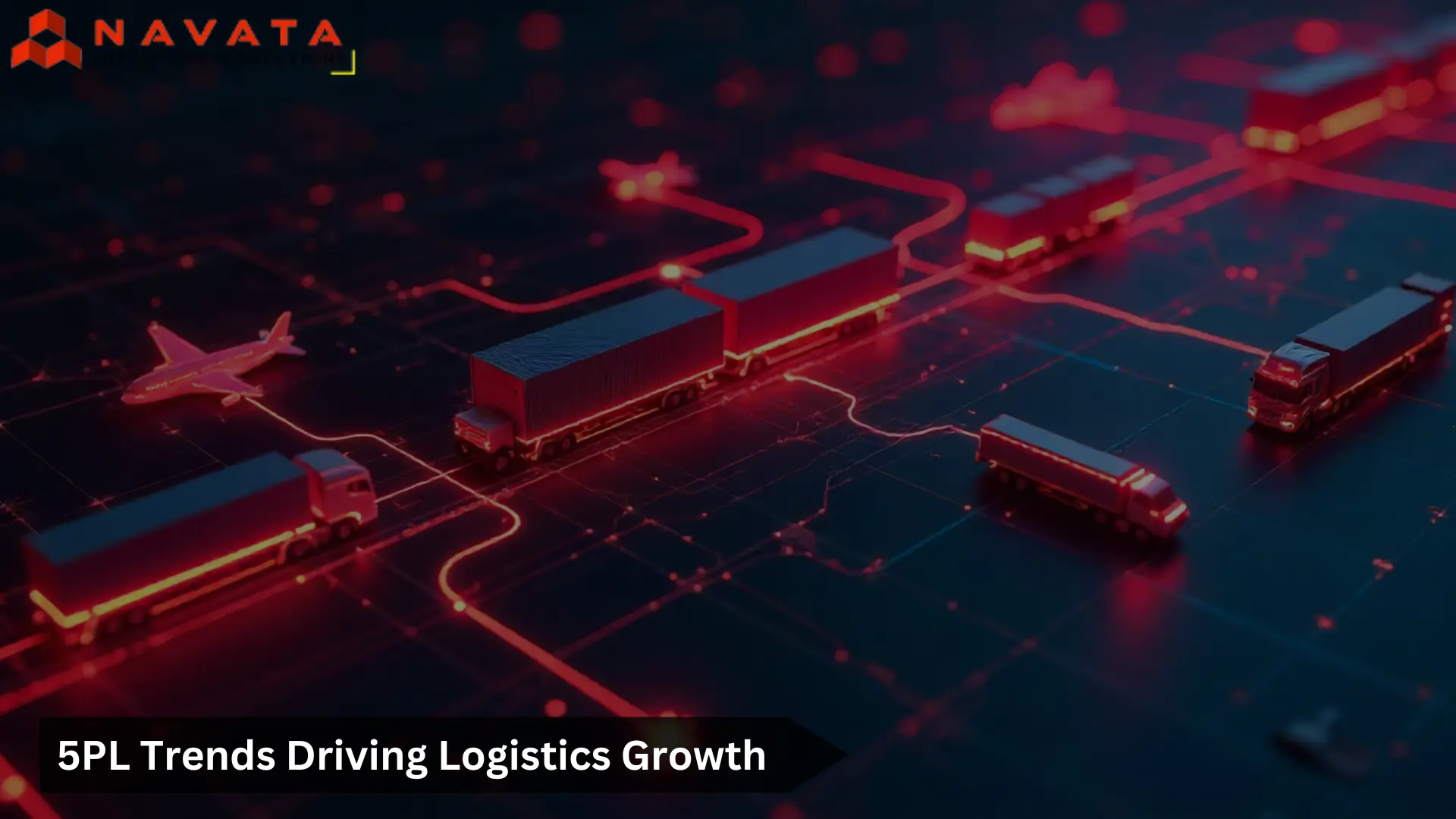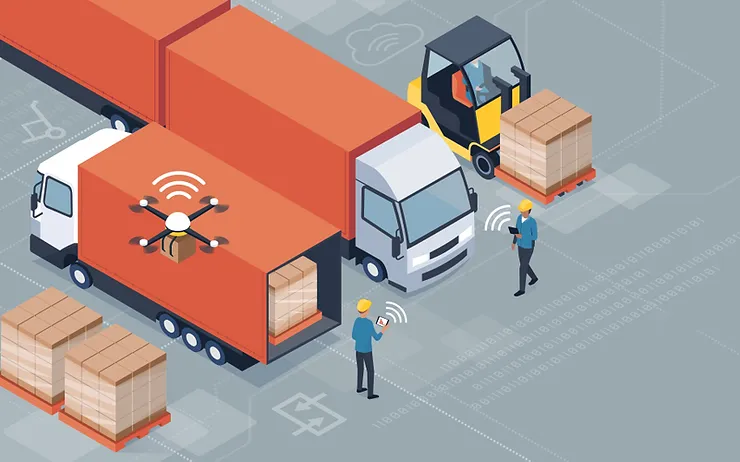5PL Trends Driving Logistics Growth
Fifth-Party Logistics (5PL) has moved from being a niche term to a mainstream strategy in global supply chains. Unlike 3PL (Third-Party Logistics), which focuses on outsourced warehousing and transportation, or 4PL, which integrates multiple 3PLs under one management layer, 5PL takes it further by orchestrating entire supply chain ecosystems through technology, data, and collaboration.
As supply chains in 2025 face disruptions, rising customer expectations, and global e-commerce growth, businesses are turning to 5PL providers for agility, cost savings, and visibility. Let’s explore the top 5PL trends shaping logistics growth this year and beyond.

1. Digital-First, Platform-Driven Supply Chains
The foundation of 5PL is technology. Unlike traditional logistics models, 5PL operates almost entirely on digital platforms.
- Unified dashboards allow businesses to track shipments, inventory, and supplier performance across multiple regions in real time.
- Blockchain integration ensures secure and transparent transactions, reducing disputes and fraud.
- Digital twins simulate “what-if” scenarios—such as port delays or demand spikes—so companies can adjust operations before disruptions occur.
Supply chain leaders are under pressure to manage global complexity. A digital-first 5PL model eliminates silos, enabling true end-to-end visibility and collaboration.
2. AI, Machine Learning, and Predictive Analytics
5PL is powered by intelligence, not guesswork. AI enables predictive, not reactive, decision-making.
Demand forecasting combines historical data, market trends, and real-time signals to predict customer needs.
Predictive maintenance for fleets and equipment reduces downtime.
AI-driven routing cuts fuel costs and improves on-time deliveries by analyzing traffic, weather, and capacity.
Logistics disruptions—whether geopolitical or environmental—are constant. Companies that use AI-powered 5PL avoid delays, reduce costs, and meet customer expectations more consistently. To see how emerging technologies like AI are taking this even further, explore our blog on AI-Driven Predictive Supply Chains
3. E-commerce and Omnichannel Fulfillment at Scale
The growth of direct-to-consumer (D2C) and omnichannel retail has made traditional logistics models struggle with speed and flexibility. 5PL solves this by integrating multiple sales platforms, warehouses, and delivery partners into one ecosystem.
- Dynamic order allocation ensures products ship from the nearest fulfillment center.
- Same-day delivery and next-day delivery become achievable through advanced route and capacity planning.
- Reverse logistics (returns, replacements) is built into the system, reducing losses and customer friction.
With customers expecting speed and convenience, businesses can’t afford rigid, fragmented supply chains. 5PL enables flexible, scalable fulfillment across channels.
4. Sustainability and Green Logistics as Core Strategy
Sustainability is no longer just an option—it’s a competitive advantage. 5PL providers are leading the charge with green supply chain practices.
Optimized fleet routes reduce fuel consumption and CO₂ emissions.
Collaborative shipping models eliminate “empty miles” by sharing loads between carriers.
Adoption of electric vehicles (EVs) and carbon-neutral practices aligns with regulatory and consumer demands.
Governments and consumers demand accountability. Businesses using sustainable 5PL solutions reduce compliance risks, save costs, and build stronger brand loyalty.
5. End-to-End Supply Chain Management
The defining trend of 5PL is management, not just managing logistics functions, but aligning the entire supply chain under one umbrella.
From procurement to production to delivery, everything is integrated.
Information flow, financial flow, and goods flow move in sync.
Businesses get one point of control for complex, global supply networks.
With globalization and supply chain interdependence, fragmented operations create risk. 5PL orchestration ensures resilience, scalability, and efficiency across the board.
Optimize Your Supply Chain with Experts!
Conclusion
The future of logistics is about visibility, collaboration, and intelligence—all of which 5PL delivers. Businesses that adopt these 5PL trends in 2025 will transform logistics from a cost center into a growth engine.
Companies embracing 5PL in 2025 are seeing:
20–30% cost reduction from optimized operations.
Faster scalability for global expansion.
Resilience against supply chain shocks.
Higher customer satisfaction through reliable, transparent logistics.
Thanks For Reading: Top 5PL Trends Driving Logistics Growth in 2025
Powered By 360Presence
FAQ Section
Q1. What is 5PL in logistics?
5PL, or fifth-party logistics, goes beyond 3PL and 4PL by orchestrating entire supply chain networks using technology, AI, and data-driven platforms for full visibility and control.
Q2. How is 5PL different from 3PL and 4PL?
3PL: Manages transportation and warehousing.
4PL: Integrates multiple 3PLs under one management layer.
5PL: Uses digital platforms to coordinate all logistics functions end-to-end, including sustainability and predictive analytics.
Q3. Why is 5PL important in 2025?
With e-commerce growth, global disruptions, and sustainability demands, 5PL provides the scalability, resilience, and efficiency that businesses need to compete.
Q4. What industries benefit most from 5PL?
E-commerce, retail, automotive, pharma, and global manufacturers benefit from 5PL because of its ability to handle complex, multi-country supply chains with speed and transparency.
Q5. What are the top 5PL trends in 2025?
Key trends include digital-first platforms, AI-driven decision-making, omnichannel fulfillment, green logistics, and end-to-end supply chain orchestration.

